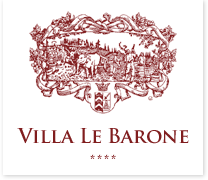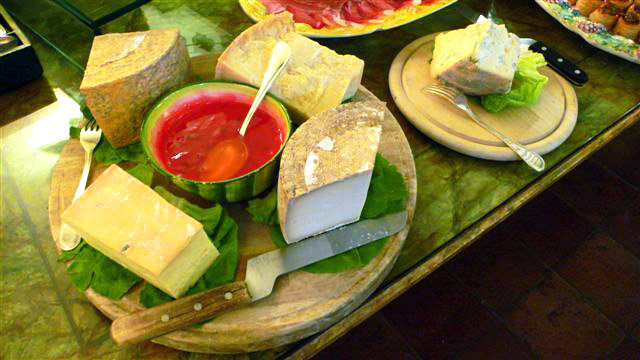Tasting “Pecorino” cheese means entering into Tuscan culture.
The name Pecorino comes from the Italian word “pecora”, which means sheep. It is one of Italy’s oldest cheeses as earliest records of pecorino cheese production in Tuscany go back to Etruscan and Roman times. Pliny the Elder, in 1 A.D., describes this round high quality piece of cheese that the Etruscans from Luni were producing and selling in Rome. It was also called “cacio Marzolino” (March cheese),as it is in march that sheep milk production is at its top in quantity and quality, and the “Marzolino of Etruria”( the territory of the Etruscans) has been celebrated along with “Parmesan” as the best cheese in Italy.
Pecorino remained a predominantly Roman and Tuscan delight up until when the local taxes on salt, used for the salting of pecorino cheeses, led to the move of pecorino production frpm Tuscany to the island of Sardinia where it flourished until the end of world war II. In the early 70s many skilled Sardinian farmers and shepherds moved back to regions like Tuscany, Umbria, and Lazio, where they started new farms: the Pecorino that you will taste in Villa le Barone comes from such a farm. There are many varieties of pecorino with hundreds of different types made throughout the central and southern regions of Italy, and the large islands of Sicily and Sardinia.
To produce the Pecorino cheese, ewe’s milk is heated to a temperature of between 35 and 38 C (70-76 F) and is curdled with rennet for about 20 minutes; the curds are then put into round molds and pressed. Afterwards, the pressed, fresh, soft cheeses are salted or soaked in brine. After being salted, they’re aged in a cool dark place, for a minimum of 20 days if they are to be sold fresh, or for at least 4 months if they are to be sold aged, that is “stagionato”. The serum driven out of the pressed cheese during its production is collected, re-heated and becomes ricotta ( literally meaning “recooked”), another praised Tuscan cheese
The unique allure and complex flavors of Tuscan Pecorino cheese is undeniably linked to the serene environment in which the sheep are raised and the wholesome grasses on which they feed and each type of Pecorino cheese contains all the scents and aromas of the open pastures where the sheep graze. A good Tuscan Pecorino cheese is designated DOP (Denominazione d’Origine Protetta ) and/ or IGP (Indicazione Geografica Protetta), marks which guarantee the authenticity and genuine characteristics of the Pecorino cheese.
The Tuscan Pecorino cheese, both mild or “stagionato” served at Villa le Barone comes from the small Tuscan cheese maker, Mario Tanda, at Podere Paterno in Monte Monterotondo,Marittimo, 60 kms from Panzano in Chianti. It is prepared with milk from his herd of pastured sheep. This small cheese facility is powered by electricity and steam heat, both generated from the nearby geothermal plant and the use of this renewable energy is allowing saving lots of CO2 emissions
Aged pecorino cheese is best eaten at the end of a good meal, perhaps with a dab of honey or together with a perfectly ripe pear: This is what you will get at Villa le Barone, where you will taste great Tuscan cuisine and great Tuscan cheese

